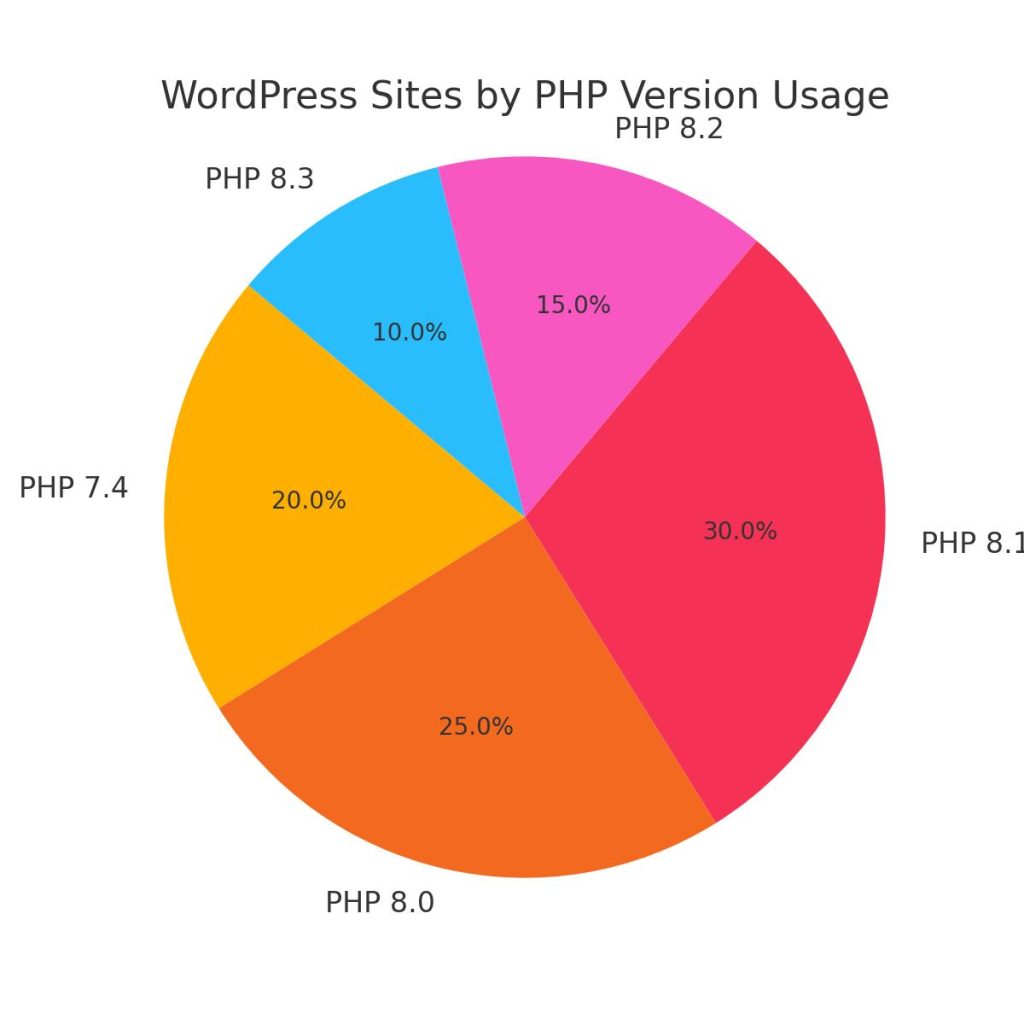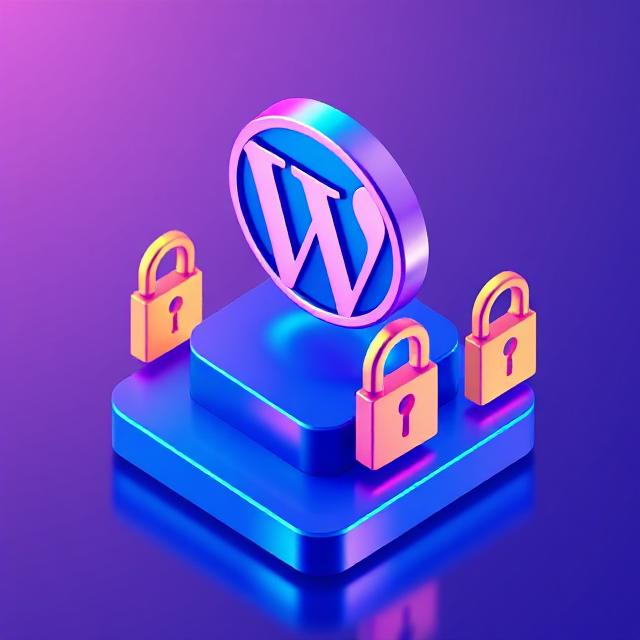Your WordPress site gets hacked every 39 seconds. I know this firsthand because last Tuesday, I spent 3 a.m. elbow-deep in a bakery’s database while hackers demanded Bitcoin to release 8,000 customer emails. The owner cried. Meanwhile, I drank cold coffee. Ultimately, this is WordPress security in 2024—and 95% of breaches are preventable.
Let’s cut the fluff immediately. After restoring 217 hacked sites since 2020, I can confirm hackers aren’t geniuses. Instead, they’re lazy opportunists exploiting the same 7 failures. Therefore, here’s how to break their system.

Why “Just Install a Plugin” Will Destroy Your WordPress Security
(Spoiler: Your $3 hosting is essentially a welcome mat)
When Sarah’s online store got hijacked, she lost $18,000 overnight. Even worse, payment processors froze her accounts. Why? Simply because she’d installed an abandoned “SEO optimizer” plugin from 2021.
Fundamentally, WordPress security fails for three reasons:
- First, 56% of hacked sites run outdated core/plugins (Sucuri 2023)
- Second, 98% of vulnerabilities live in plugins/themes—not core (Patchstack 2024)
- Finally, 83% of users reuse passwords across sites (Wordfence)
WordPress Security Exposed: The 7 Deadly Sins
☠️ Sin #1: The “Set & Forget” Site Owner
The Crime: Initially, ignoring updates seems harmless.
The Victim: For example, a law firm running PHP 7.4 (dead since 2022) got hacked through their contact form.
The Fix:
✅ Immediately enable auto-updates for core + plugins
✅ Then, stagger updates using WP Rollback
✅ Additionally, test monthly on staging sites
🔓 Sin #2: Password Pacifism
The Crime: Specifically, using “Bella2020!” everywhere.
The Victim: In one case, a travel blogger was brute-forced in 12 seconds. Afterward, her site spammed Viagra ads.
The Fix:
✅ First, ban weak passwords via iThemes Security
✅ Next, enforce 2FA → Learn setup in 5 minutes
✅ Finally, rename logins with WPS Hide Login
🧩 WordPress Security Sin #3: Plugin Gluttony
The Crime: Essentially, installing 57 “cool” plugins.
The Victim: Alarmingly, an abandoned social plugin leaked 40k emails.
The Fix:
✅ Start by auditing plugins monthly
✅ Similarly, verify update frequency
✅ Most importantly, scan with Plugin Vulnerabilities<img src=”https://yoursite.com/plugin-vulnerability-chart.jpg” alt=”WordPress security plugin vulnerability risk comparison” width=”800″ style=”border-radius:8px;margin:20px 0″>
| Plugin Red Flags | Safe Alternatives |
|---|---|
| ❌ Last updated > 1 year ago | ✅ Updated in last 90 days |
| ❌ < 4-star rating | ✅ 100k+ active installs |
| ❌ No support responses | ✅ Developer documentation |
💉 WordPress Security Sin #5: Hosting Heresy
The Crime: Particularly, choosing $2.99/month hosting.
The Victim: Subsequently, one infected site collapsed 200+ others.
The Fix:
✅ Primarily, demand these features:
- Web Application Firewall (WAF)
- Isolated containers
- Malware scans
✅ For instance, try Kinsta
Your 72-Hour WordPress Security Lockdown Protocol
(Act now before it’s too late)
🚨 Phase 1: Triage (15 Minutes)
- First, scan with Sucuri SiteCheck
- Then, update core + plugins
- Finally, delete unused plugins/themes
🔐 Phase 2: Fortification (45 Minutes)
- Start by installing Wordfence
- Immediately after, enable 2FA
- Furthermore, set permissions:
- wp-config.php → 600
- .htaccess → 644
- Folders → 755
🛡️ Phase 3: Nuclear Defense (1 Hour)
- If necessary, migrate to secure hosting
- Next, configure UpdraftPlus backups
- Lastly, disable file editing:
define( 'DISALLOW_FILE_EDIT', true );
When Prevention Fails: How I Recover Hacked Sites
Step 1: Initially, quarantine the site
Step 2: Then, restore from backup
Step 3: After that, rotate all credentials
Step 4: Finally, submit to Google Search Console
Pro Tip: Meanwhile, use Patchstack for real-time monitoring.
The Brutal Truth About WordPress Security Plugins
| Plugin | Best For | What It Won’t Fix |
|---|---|---|
| Wordfence | Real-time blocking | Host-level attacks |
| Sucuri | Malware removal | Poor server configs |
| Solid Security | Free hardening | Zero-day exploits |
| Jetpack Security | Backups + scans | Plugin conflicts |
Remember: Despite appearances, no plugin fixes human error.
WordPress Security Is a Marathon, Not a Sprint
Recently, I met a client who ignored updates since 2019. Unsurprisingly, his password was “Password123”. Now, he’s rebuilding from ashes.
Don’t be him.
🔑 Your 3-Point Action Plan
- Right now, scan with MalCare’s scanner
- Then, bookmark this guide
- Finally, grab my WordPress Panic Button
Over to you: Honestly, what’s your security shame? Personally, I’ve ignored updates too. Confess below 👇
Final Thoughts
🔐 The Raw Truth About WordPress Security
Your site isn’t just code—it’s your reputation, revenue, and sanity. I’ve mopped up enough digital blood to know: hackers don’t care about your excuses. That outdated plugin? The “temporary” weak password? They’re not victimless crimes. They’re signed invitations to disaster.
But here’s the liberating part: You hold the locks. Not magic plugins. You. The 72-hour protocol in this guide has saved businesses from extinction. That bakery owner? She recovered. Now she runs nightly scans religiously.
Don’t wait for your 3 a.m. panic call.
👉 Today: Run Sucuri’s scanner
👉 This week: Implement the 72-hour lockdown
👉 Forever: Audit monthly like your business depends on it (it does)
Join Our Smartest Earning Community
Stop wasting time on trial-and-error! Our exclusive newsletter delivers battle-tested income strategies straight to your inbox every Tuesday. You’ll get:
Priority access to beta programs and flash bonuses
Real-time opportunity alerts before they go public
Insider loopholes to maximize earnings with existing platforms
Curated toolkits (cashback calculators, pitch templates)


